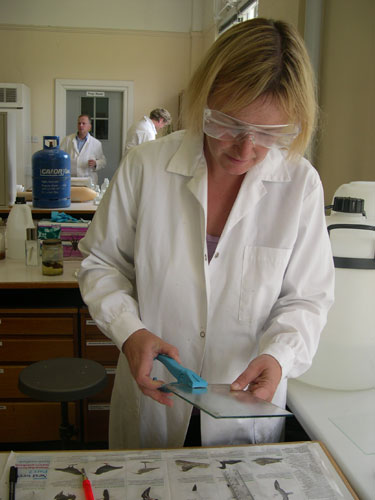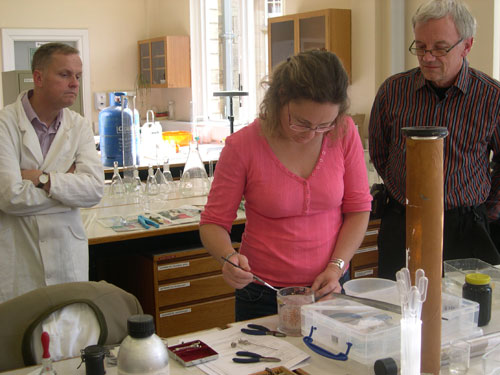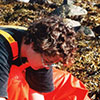Window on the World, our amazing new display that will reach from the ground floor to the top of the Grand Gallery in the redeveloped National Museum of Scotland, will showcase a wonderful array of objects from our collections and will give visitors a taste of what can be seen in our new exhibitions. This display will include sea pens, worms, crabs, snails, octopuses, sea urchins, frogs, lizards and fish, which are preserved in alcohol and sealed in glass jars.
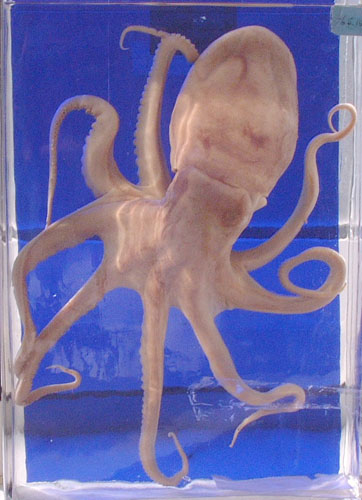
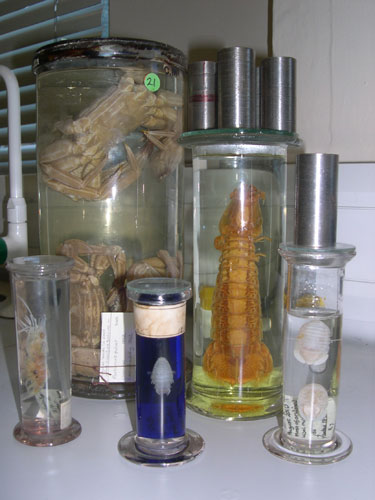
Preparing the specimens and jars for exhibition has presented an interesting challenge. The process involved an initial evaluation, breaking some very stubborn old seals without breaking the original jars and lids, cleaning the glass and repairing and respiriting the specimens before finally resealing the jars. The quality of the seal is particularly important because anticipated temperature fluctuations in the display cases will cause pressure changes within the jars, which in turn may cause imperfect gelatine seals to fail and the specimens to dry out.
Natural history specimens have been stored in preserving fluids since the mid 17th century and gelatine has been used to seal glass lids to the jars since the 19th century. This method is still used today, with good gelatine seals lasting for more than 20 years.
We participated in a four-day training course at University of St Andrews’ Bell Pettigrew Museum to update and improve our skills in the fluid preservation of specimens. Practical sessions included cutting and grinding new glass lids, mounting specimens on backing plates, identifying the preservative used in historical preserved specimens and making glass needles to repair specimens. Each specimen and glass jar had its own unique challenge, and we look forward to puuting our new skills to use in our own collections.
